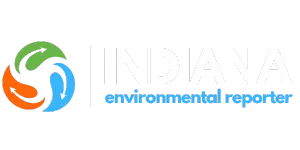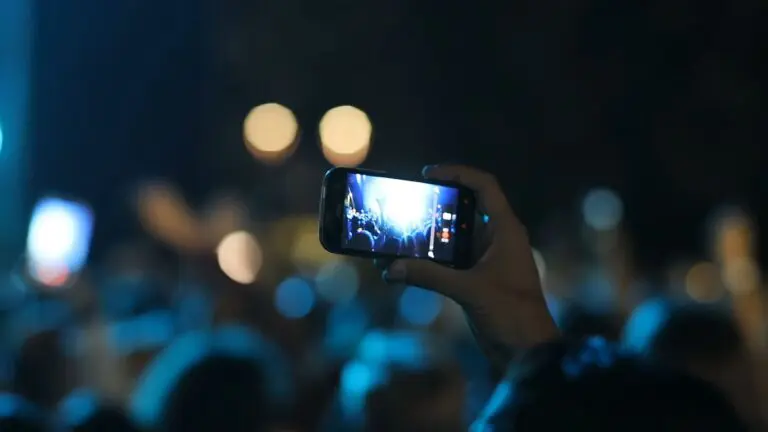The Fair Housing Center of Central Indiana (FHCCI) recently released a study shedding light on how environmental changes are transforming housing across the state.
Indiana’s housing landscape has long been shaped by policies like redlining, which systematically denied services to residents of certain areas based on race and ethnicity. These discriminatory practices have had lasting effects, particularly on minority communities.
The FHCCI study underscores that the neighborhoods most affected by environmental changes are often those that were historically redlined.
Table of Contents
ToggleEnvironmental Concerns on the Rise
Indiana faces several environmental challenges, including extreme heat, flooding, and air pollution. These issues are not just about climate change; they are deeply intertwined with social and economic inequalities. Minority communities, in particular, are disproportionately impacted by these environmental hazards.
Brady Ripperger, Deputy Director of Administration and Advocacy with FHCCI, explains:
“Minority communities are the ones that we find generally are forced into communities that are located next to Superfund sites or brownfield sites, polluted areas or areas that were previously dumping grounds.”

The Housing Crisis
Indiana is grappling with an affordable housing crisis, and environmental issues are exacerbating the problem.
As Ripperger notes, “We are already in a housing crisis, especially an affordable housing crisis right now. So this is an issue that needs to be the top priority for every single environmental discussion that we have.”
Indiana has 54 Superfund sites, only 20 of which have been cleaned up. These sites are often located near low-income housing, posing significant health risks to residents. Additionally, brownfields—abandoned or underused industrial and commercial properties—are disproportionately situated near low-income neighborhoods.
Tree coverage is essential for reducing heat and improving air quality. However, the study reveals that the majority of formerly redlined neighborhoods in Indianapolis lack adequate tree coverage, increasing the risk of heat-related illnesses.
Proposed Solutions

Addressing these environmental and housing challenges requires a multifaceted approach. The FHCCI study suggests several solutions: Policymakers need to prioritize environmental justice and address the legacy of discriminatory housing practices.
Implementing stricter regulations on pollution and ensuring that new developments are environmentally sustainable are critical steps. Residents in affected areas should have better access to testing for contaminants.
This includes regular monitoring of air and water quality and soil testing for lead and other hazardous substances. Providing free legal services to residents can help them navigate the complex landscape of housing and environmental laws. This support can empower communities to advocate for better living conditions and hold polluters accountable.
Did you know: According to a report, 80% of existing coal plants could accommodate nuclear power at 35% lower cost compared to building new installations.
The Bottom Line
The mix of environmental changes and housing in Indiana is a big deal that we can’t ignore. Old policies like redlining have left behind a mess of inequality that still affects housing today.
With Indiana facing extreme heat, flooding, and air pollution, it’s pretty obvious that minority and low-income communities are getting hit the hardest by these environmental problems.
Related Posts:
- Report: 80% of Existing Coal Plants Could House…
- How to Use Reliable Data Sources for Climate and…
- Is Indiana a Republican or Democratic State? True…
- The Mastodon Could Become the State Fossil, But Is…
- How Indiana’s Attorney General Is Leading the Fight…
- Popcorn Capital of the World - How Indiana Became…












